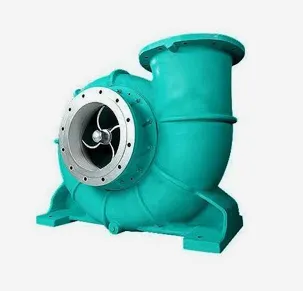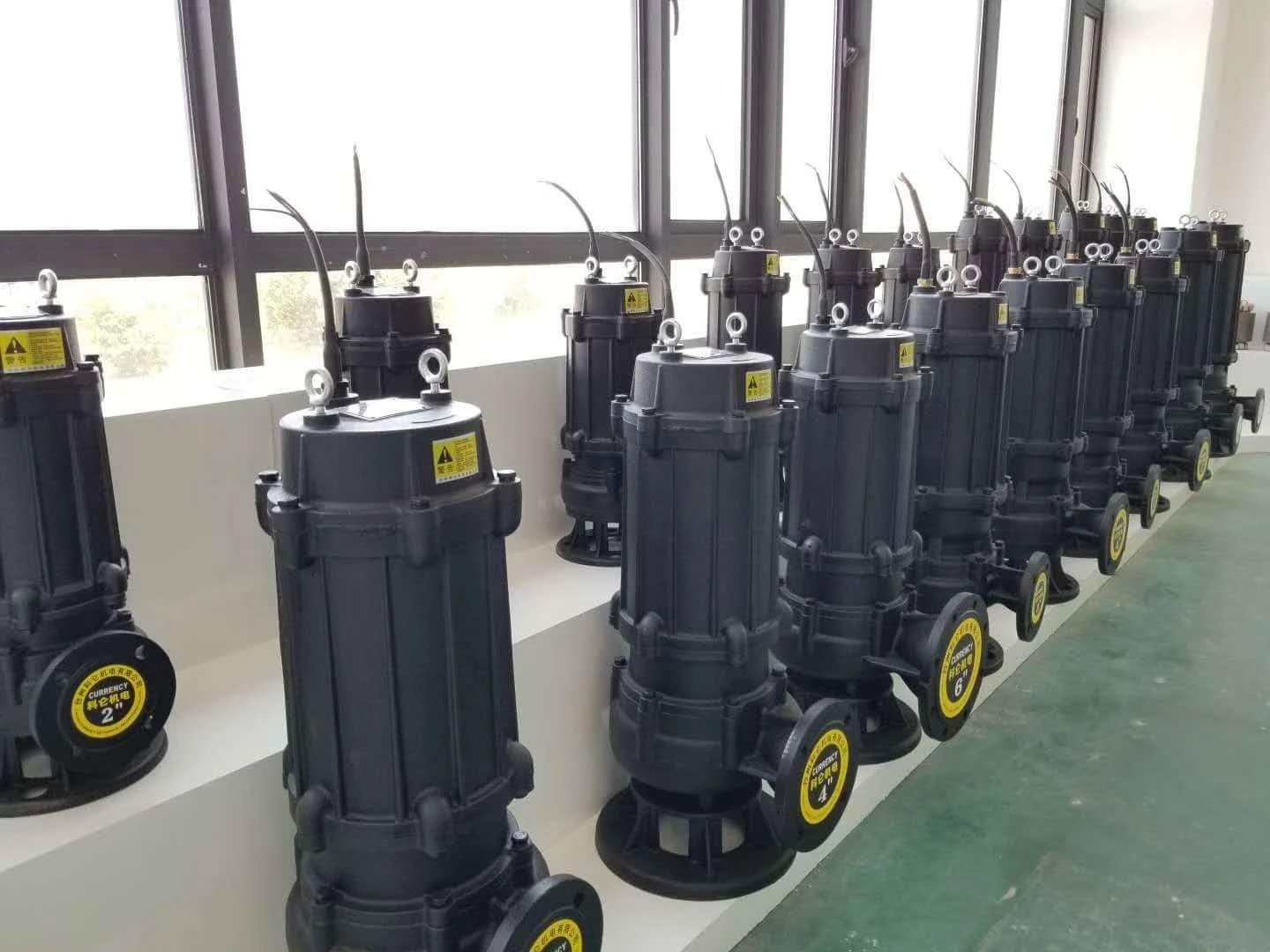TEL:
+86 13120555503
English
- Afrikaans
- Albanian
- Amharic
- Arabic
- Armenian
- Azerbaijani
- Basque
- Belarusian
- Bengali
- Bosnian
- Bulgarian
- Catalan
- Cebuano
- Corsican
- Croatian
- Czech
- Danish
- Dutch
- English
- Esperanto
- Estonian
- Finnish
- French
- Frisian
- Galician
- Georgian
- German
- Greek
- Gujarati
- Haitian Creole
- hausa
- hawaiian
- Hebrew
- Hindi
- Miao
- Hungarian
- Icelandic
- igbo
- Indonesian
- irish
- Italian
- Japanese
- Javanese
- Kannada
- kazakh
- Khmer
- Rwandese
- Korean
- Kurdish
- Kyrgyz
- Lao
- Latin
- Latvian
- Lithuanian
- Luxembourgish
- Macedonian
- Malgashi
- Malay
- Malayalam
- Maltese
- Maori
- Marathi
- Mongolian
- Myanmar
- Nepali
- Norwegian
- Norwegian
- Occitan
- Pashto
- Persian
- Polish
- Portuguese
- Punjabi
- Romanian
- Russian
- Samoan
- Scottish Gaelic
- Serbian
- Sesotho
- Shona
- Sindhi
- Sinhala
- Slovak
- Slovenian
- Somali
- Spanish
- Sundanese
- Swahili
- Swedish
- Tagalog
- Tajik
- Tamil
- Tatar
- Telugu
- Thai
- Turkish
- Turkmen
- Ukrainian
- Urdu
- Uighur
- Uzbek
- Vietnamese
- Welsh
- Bantu
- Yiddish
- Yoruba
- Zulu
Telephone: +86 13120555503
Email: frank@cypump.com
Feb . 12, 2025 13:15 Back to list
Horizontal Split Case Pump
In the realm of industrial processes, double suction pumps hold a critical position due to their efficiency and reliability. Designed to accommodate high flow rates while maintaining low operating speeds, these pumps are indispensable in various sectors including water treatment, oil refining, and power generation. Understanding the anatomy and operational principles of a double suction pump is key for professionals aiming to enhance system performance and reliability. This article delves into the comprehensive details of double suction pump diagrams, reflecting on expert knowledge and real-world experiences to illuminate their application and operation.
Sealing systems are essential for preserving the internal environment of the pump, preventing leakage, and ensuring operational safety. Double suction pumps typically employ mechanical seals or packing seals to maintain robustness in their performance. Each type of seal has its applications, with mechanical seals offering superior leakage control and durability in demanding conditions. Real-world application of double suction pumps requires understanding the specific field conditions and operational stresses. For instance, in water utilities, the optimized hydraulic design translates into significant energy savings and reduced lifecycle costs. In contrast, the oil industry values the reliability and low maintenance demands due to the pumps' ability to handle corrosive and abrasive fluids. Additionally, expertise in the installation process is crucial to leverage the full potential of double suction pumps. Proper alignment through laser tools, secure foundation mounting, and precise adjustments ensure that the pumps perform optimally. Regular monitoring and diagnostic procedures, such as vibration analysis and thermal imaging, are recommended to detect anomalies and preempt failures. Establishing authoritativeness involves affiliating with credible institutions and adhering to industry standards like ISO and ASME for pump manufacturing and testing. Compliance with these standards ensures that the pump designs meet rigorous quality and performance benchmarks. In conclusion, double suction pumps represent a synergy of advanced engineering and practical application. Their intricate design and operational efficiency are a testament to their enduring value in industrial systems. As professionals continue to explore innovative ways to enhance pump performance, the insights drawn from real-world experiences and expert knowledge ensure these robust machines remain integral to fluid management systems worldwide. By focusing on thorough maintenance practices and adopting advanced monitoring technologies, stakeholders can significantly enhance the trustworthiness and longevity of double suction pumps, fostering continued success across diverse industries.


Sealing systems are essential for preserving the internal environment of the pump, preventing leakage, and ensuring operational safety. Double suction pumps typically employ mechanical seals or packing seals to maintain robustness in their performance. Each type of seal has its applications, with mechanical seals offering superior leakage control and durability in demanding conditions. Real-world application of double suction pumps requires understanding the specific field conditions and operational stresses. For instance, in water utilities, the optimized hydraulic design translates into significant energy savings and reduced lifecycle costs. In contrast, the oil industry values the reliability and low maintenance demands due to the pumps' ability to handle corrosive and abrasive fluids. Additionally, expertise in the installation process is crucial to leverage the full potential of double suction pumps. Proper alignment through laser tools, secure foundation mounting, and precise adjustments ensure that the pumps perform optimally. Regular monitoring and diagnostic procedures, such as vibration analysis and thermal imaging, are recommended to detect anomalies and preempt failures. Establishing authoritativeness involves affiliating with credible institutions and adhering to industry standards like ISO and ASME for pump manufacturing and testing. Compliance with these standards ensures that the pump designs meet rigorous quality and performance benchmarks. In conclusion, double suction pumps represent a synergy of advanced engineering and practical application. Their intricate design and operational efficiency are a testament to their enduring value in industrial systems. As professionals continue to explore innovative ways to enhance pump performance, the insights drawn from real-world experiences and expert knowledge ensure these robust machines remain integral to fluid management systems worldwide. By focusing on thorough maintenance practices and adopting advanced monitoring technologies, stakeholders can significantly enhance the trustworthiness and longevity of double suction pumps, fostering continued success across diverse industries.
Share
Latest news
-
Horizontal Split Case Pump with GPT-4 Turbo | High Efficiency
NewsAug.01,2025
-
ISG Series Pipeline Pump - Chi Yuan Pumps | High Efficiency, Durable Design
NewsAug.01,2025
-
Advanced Flue Gas Desulfurization Pump with GPT-4 Turbo | Durable & Efficient
NewsJul.31,2025
-
ISG Series Vertical Pipeline Pump - Chi Yuan Pumps | Advanced Hydraulic Design&Durable Construction
NewsJul.31,2025
-
ISG Series Vertical Pipeline Pump - Chi Yuan Pumps | Energy Efficient & Low Noise
NewsJul.31,2025
-
pipeline pump - Chi Yuan Pumps Co., LTD.|High Efficiency&Low Noise
NewsJul.31,2025










